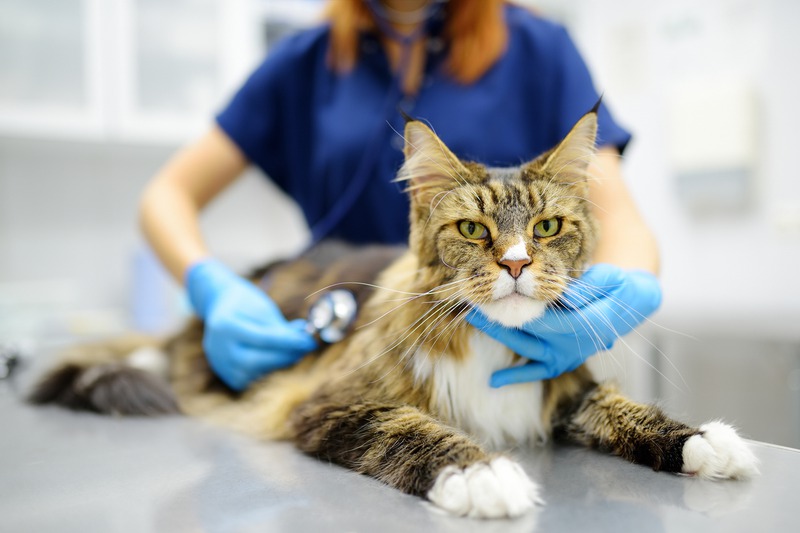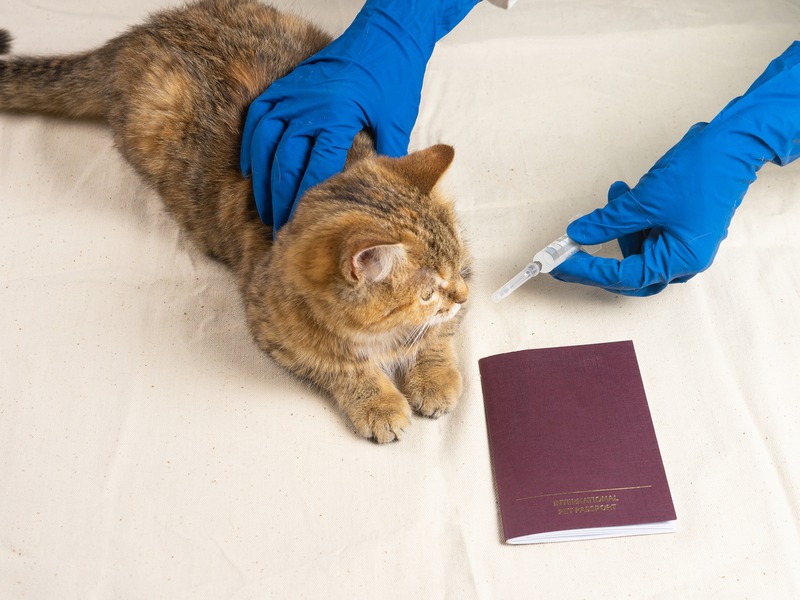Going through a surgical procedure can be as tough on our furry friends as on us. Observing our pets going through behavioral changes post-surgery is something most pet parents have faced at some point. These changes can range from subtle to stark. Whether you are dealing with a pooch that’s suddenly clingy or a cat that’s become a loner, understanding when and if these changes are likely to stick around is crucial. Let’s talk about what to expect and when it might be time to reach out to a professional for further advice.
Identifying the Turning Point for Behavioral Changes
The big question is: When do these post-surgical behavioral changes in pets solidify into their new normal? It’s sometimes complicated, but it’s time to pay attention if you notice behavioral shifts lasting beyond the initial recovery period, which can be a few days to a couple of weeks. These changes may become a permanent part of your pet’s personality or behavioral repertoire.
Understanding Post-Surgical Behavioral Changes
First, let’s get a handle on what kind of behavioral changes we’re talking about:
-
Lethargy or increased energy
-
Variations in appetite
-
Changes in interaction with family members or other pets
-
Differences in playfulness or general activity
-
Alterations in sleeping patterns
These behaviors are a normal part of the healing process. Surgery can be taxing; like us, pets need time to recuperate. However, some changes can be due to discomfort, medication effects, or the emotional impact of the experience.
Timeframe for Potential Permanent Changes
The critical timeframe for monitoring these changes is the first one to three months post-surgery. This period allows for the physical healing of surgical sites, the tapering off of any post-operative medications that can influence behavior, and sufficient time for your pet to mentally adjust to any changes in their daily life due to the surgery. For specialized care and additional guidance, consulting experts like Columbia internal medicine vet can be invaluable.
Factors That Play a Role
Several factors can influence whether a behavior change is temporary or permanent:
-
Your pet’s age: Younger animals are more adaptable, while older pets might find it harder to bounce back to their pre-surgery selves.
-
The severity and type of surgery: Major procedures like amputations can lead to longer-term behavioral adjustments than minor surgeries.
-
Pre-existing conditions: Pets with underlying health conditions may experience more significant changes.
-
The pet’s temperament: A naturally resilient pet might more easily shrug off the surgical experience than a pet with a timid or anxious disposition.
Knowing these factors can help set our expectations and allow us to provide better support for our furry companions.
Critical Signs That Changes May Become Permanent
Specific signals indicate the shift in your pet’s behavior might be here to stay:
-
Behavioral changes persist even after full physical recovery.
-
Attempts to revert to old habits or routines fail consistently over time.
-
Your pet seems comfortable and has adapted to the new behaviors.
-
The changes are not causing distress to your pet or worsening over time.
It’s essential to observe your pet closely. Sometimes, what looks like a permanent change is your pet’s way of coping with a slower recovery than expected.
When to Seek Professional Help
If your pet is exhibiting worrying post-surgical behaviors or if these changes are detrimentally affecting their quality of life, it’s important to seek professional help. A veterinarian skilled in veterinary laser therapy in Columbia, TN, can provide treatments that may alleviate your pet’s discomfort. Laser therapy, for instance, is known for its ability to promote healing and reduce inflammation post-surgery, which could, in turn, ease behaviors caused by pain or discomfort.
Should your pet’s behavior seem particularly off, unusual, or concerning, do not hesitate to consult with your veterinarian. They can advise on whether it is appropriate to look into laser therapy or if you should consider a referral to a veterinary behaviorist. This professional can assess whether the behavioral changes are permanent and suggest further action.
Minimizing the Impact of Surgery on Behavior
To minimize behavioral changes or help your pet return to their old self, consider these steps:
-
Create a calm and comfortable recovery space.
-
Stick to routines as closely as possible, including feeding times and bathroom breaks.
-
Offer gentle reassurance and be patient with your pet.
-
Converse with your vet about post-surgical care, including pain management.
-
Gradually reintroduce activities to get back to your pet’s regular lifestyle.
Preventative measures can also include planning for surgeries with minimal impact, wherever possible. For instance, discussing surgical services for pets with your veterinarian can give you an insight into less invasive options, which might lead to fewer post-operative behavior changes.
Working with Your Vet for the Best Outcome
Maintaining an open line of communication with your vet is invaluable. They possess the experience to determine what’s normal and what’s not, guiding your pet’s recovery process. Your vet is also your ally in determining when a behavioral change has set in for the long haul and what actions you can take to ensure your pet’s well-being.
Final Thoughts
Watching our pets undergo surgery, and the subsequent behavioral changes can be challenging. But being informed, observant, and proactive can make all the difference in ensuring a smooth transition for your pet, whether back to their old self or adapting to a new normal. The process requires patience, understanding, and detective work, but seeing our four-legged friends happy and healthy again is worth it. So keep an eye on those behaviors, stay in touch with your vet, and give your pet the love and care they need during their recovery.










